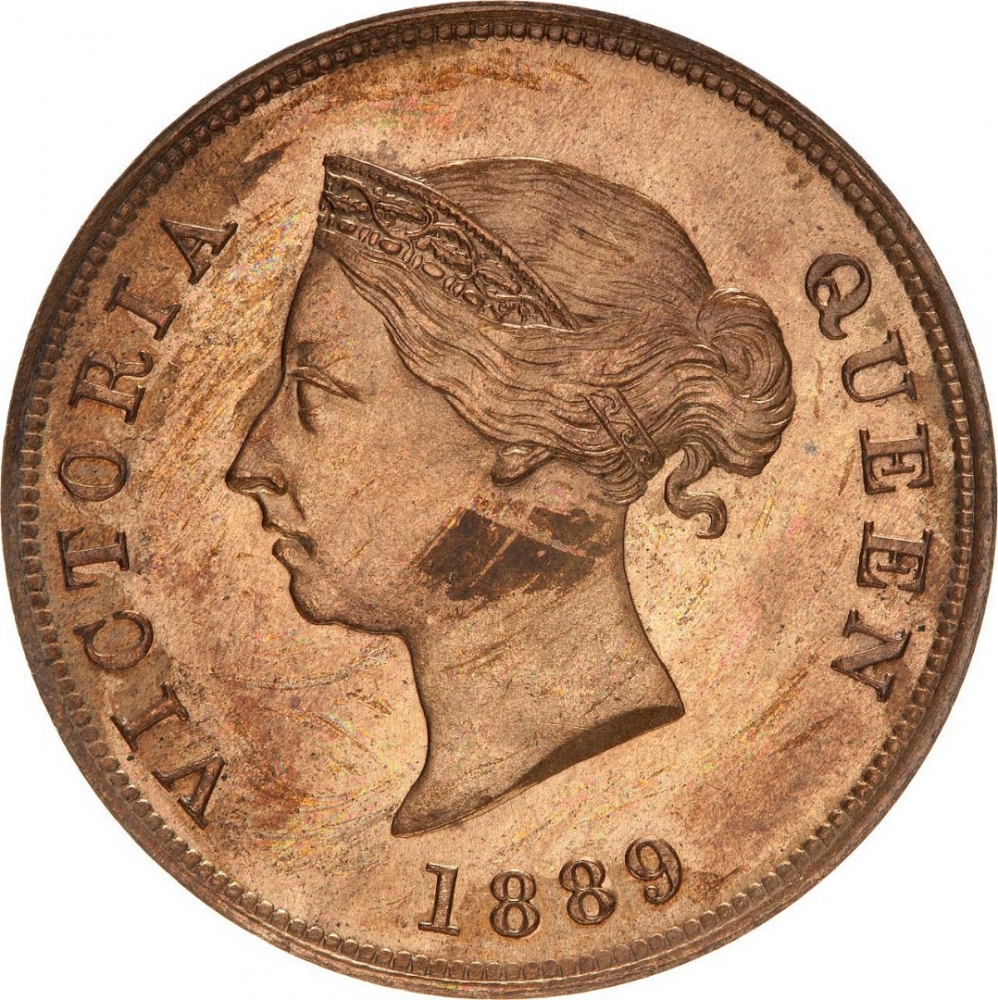You are about to finish your registration. Please check your mailbox (including spam folder). There should be a letter with a confirmation link. Check setting to make sure that your e-mail address is correct.
Send letter againDescription
The government of Cyprus was ceded by the Ottoman Empire to Britain by the Anglo-Turkish Convention of 4 June 1878 by which Turkey received an annual payment equal to what it would have received in taxation. The coinage of the island was based on the Turkish copper piastre and the British elected to continue this system, introducing bronze coins of 1 piastre, 1/2 piastre and 1/4 piastre in 1879.
Victoria (1819–1901) was Queen of the United Kingdom of Great Britain and Ireland from 20 June 1837 until her death. From 1 May 1876, she adopted the additional title of Empress of India. She inherited the throne at the age of 18, after her father's three elder brothers had all died, leaving no surviving legitimate children. Victoria married her first cousin, Prince Albert of Saxe-Coburg and Gotha, in 1840. Their nine children married into royal and noble families across the continent, tying them together and earning her the sobriquet "the grandmother of Europe". Her reign of 63 years and seven months is known as the Victorian era and was longer than that of any of her predecessors. It was a period of industrial, cultural, political, scientific, and military change within the United Kingdom, and was marked by a great expansion of the British Empire.
Obverse

|
Head of Queen Victoria facing left wearing coronet which is ornamented with oak leaves and acorns. Date below. VICTORIA QUEEN |
|---|---|
Reverse

|
1/2 within a circle of beads and in a circle the inscription. CYPRUS |
| Edge |



